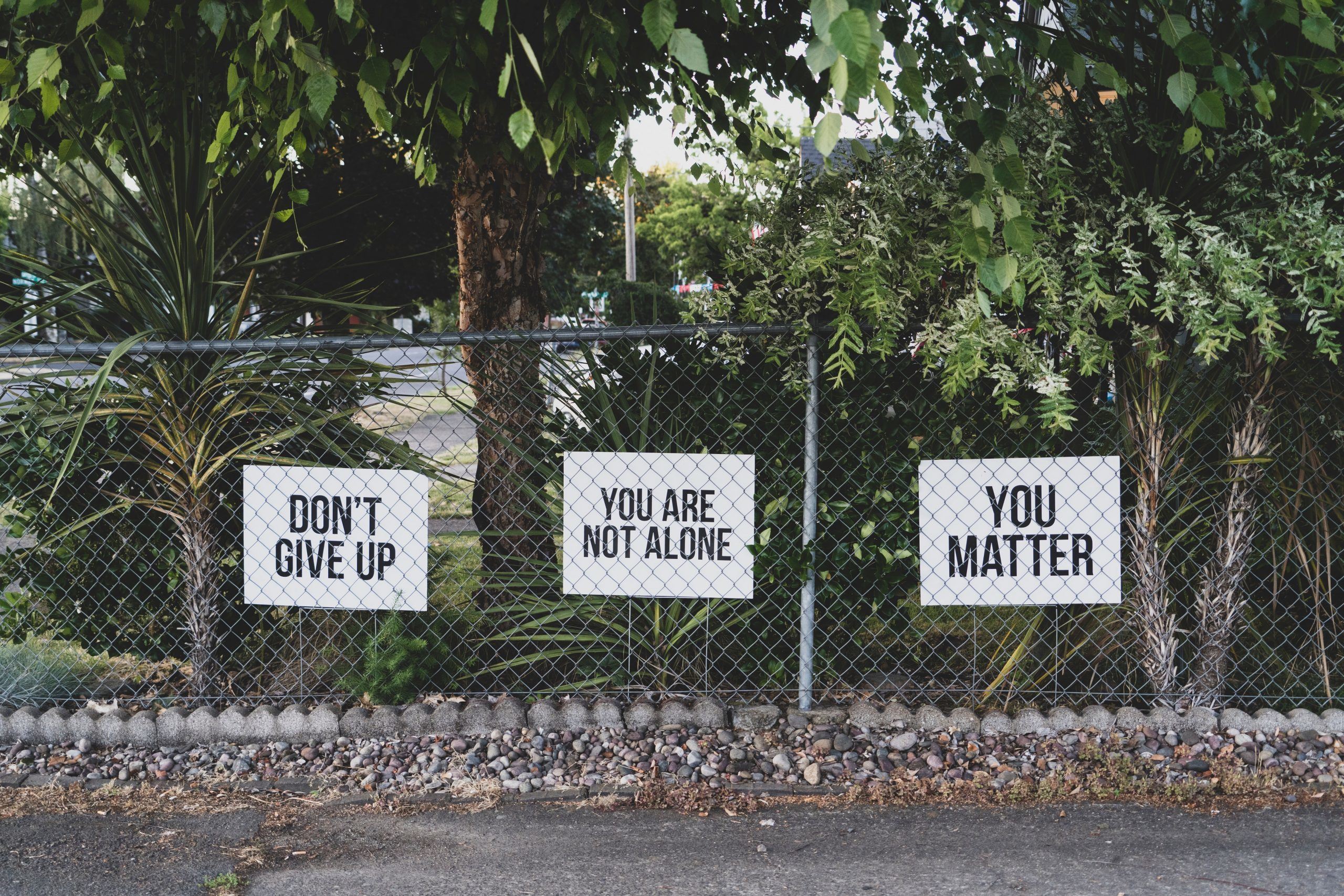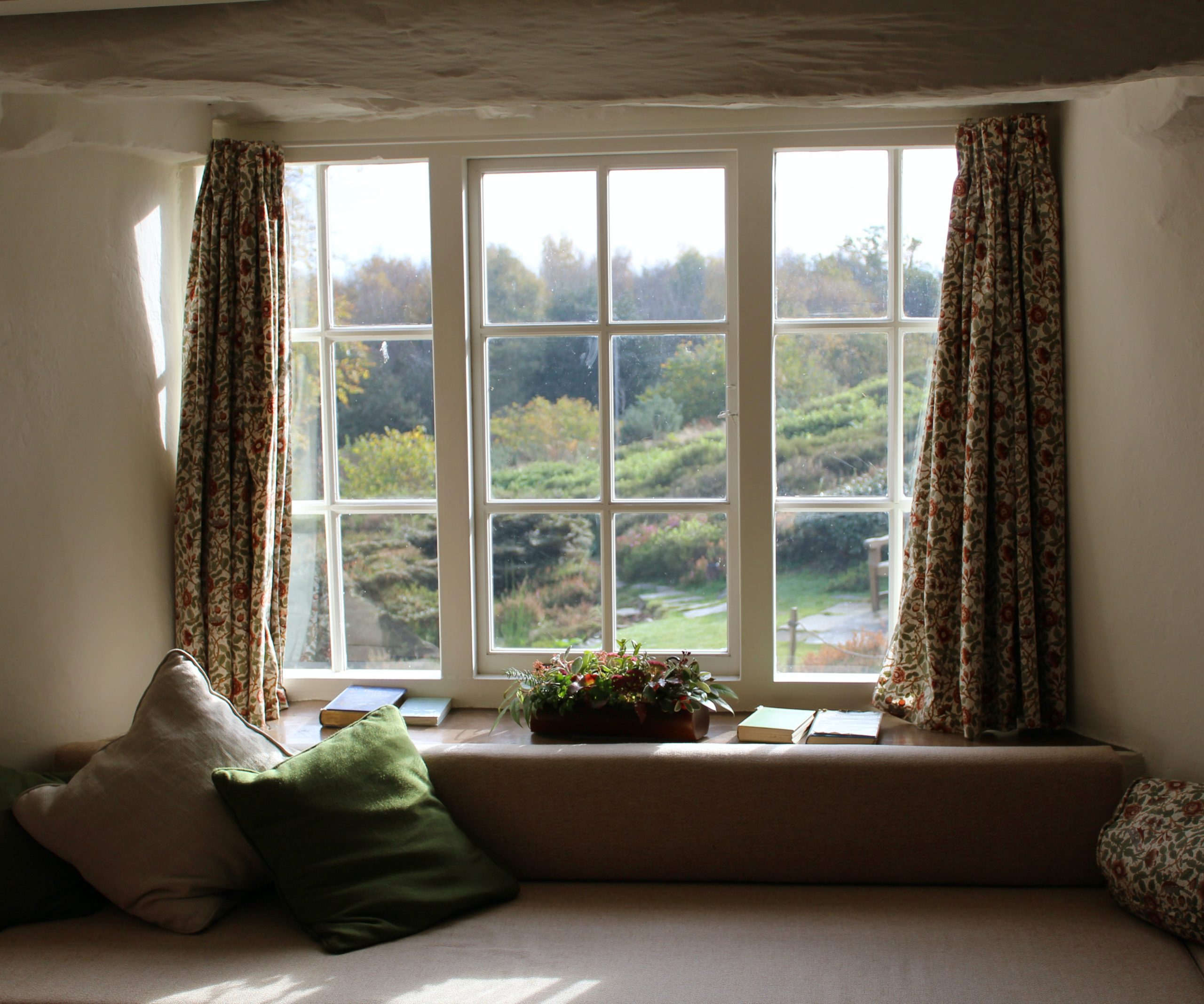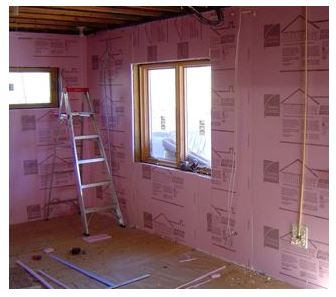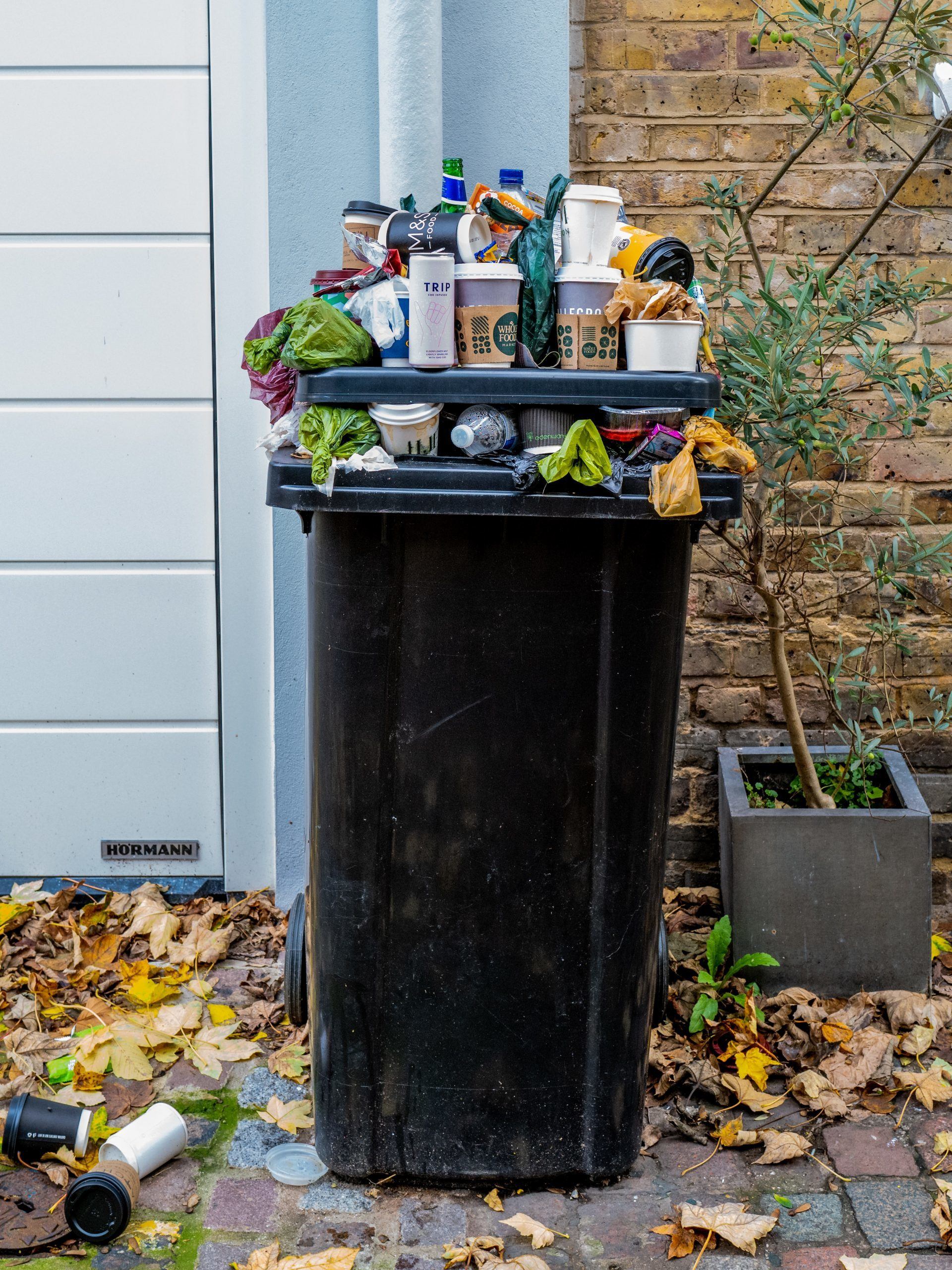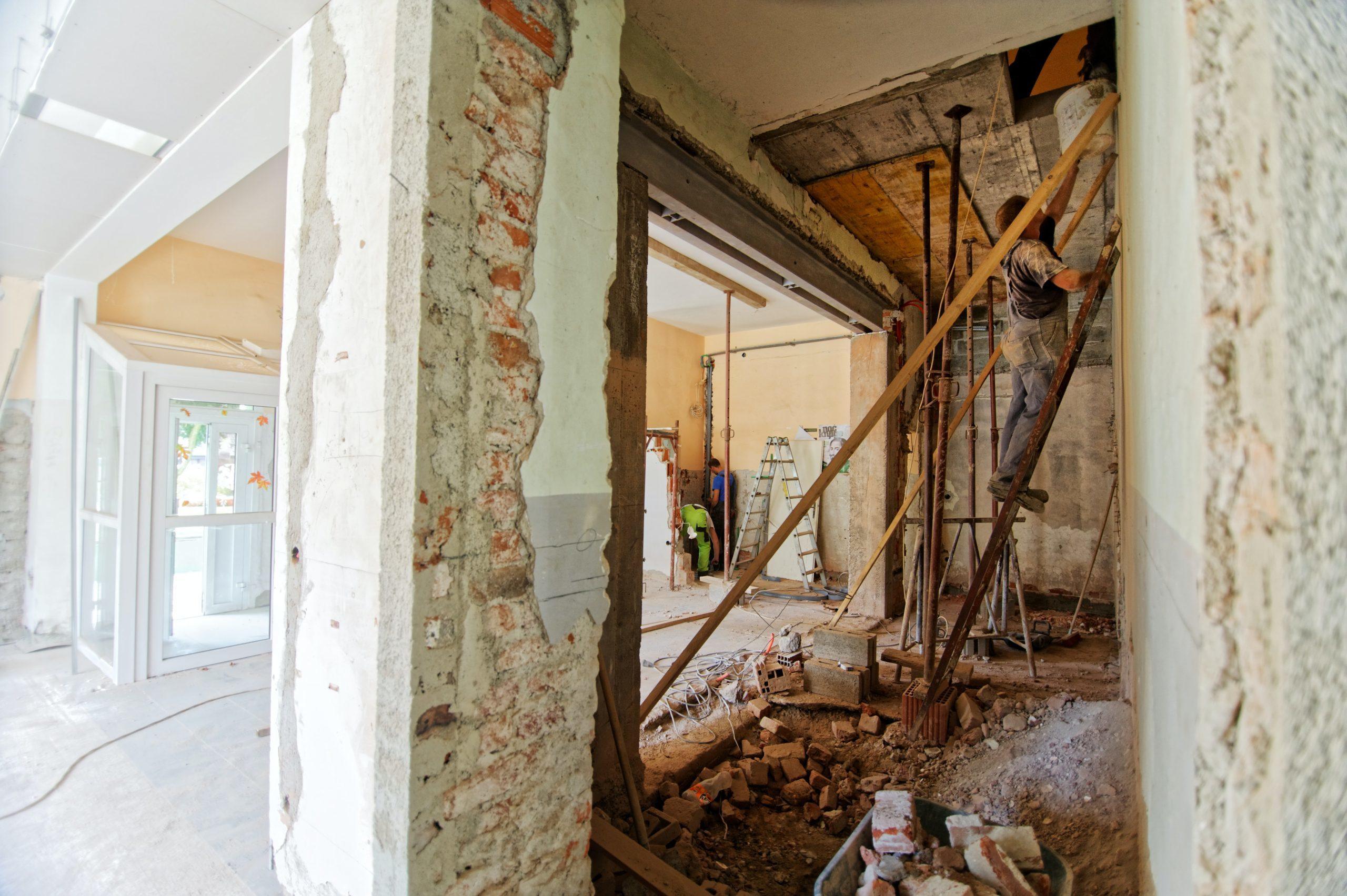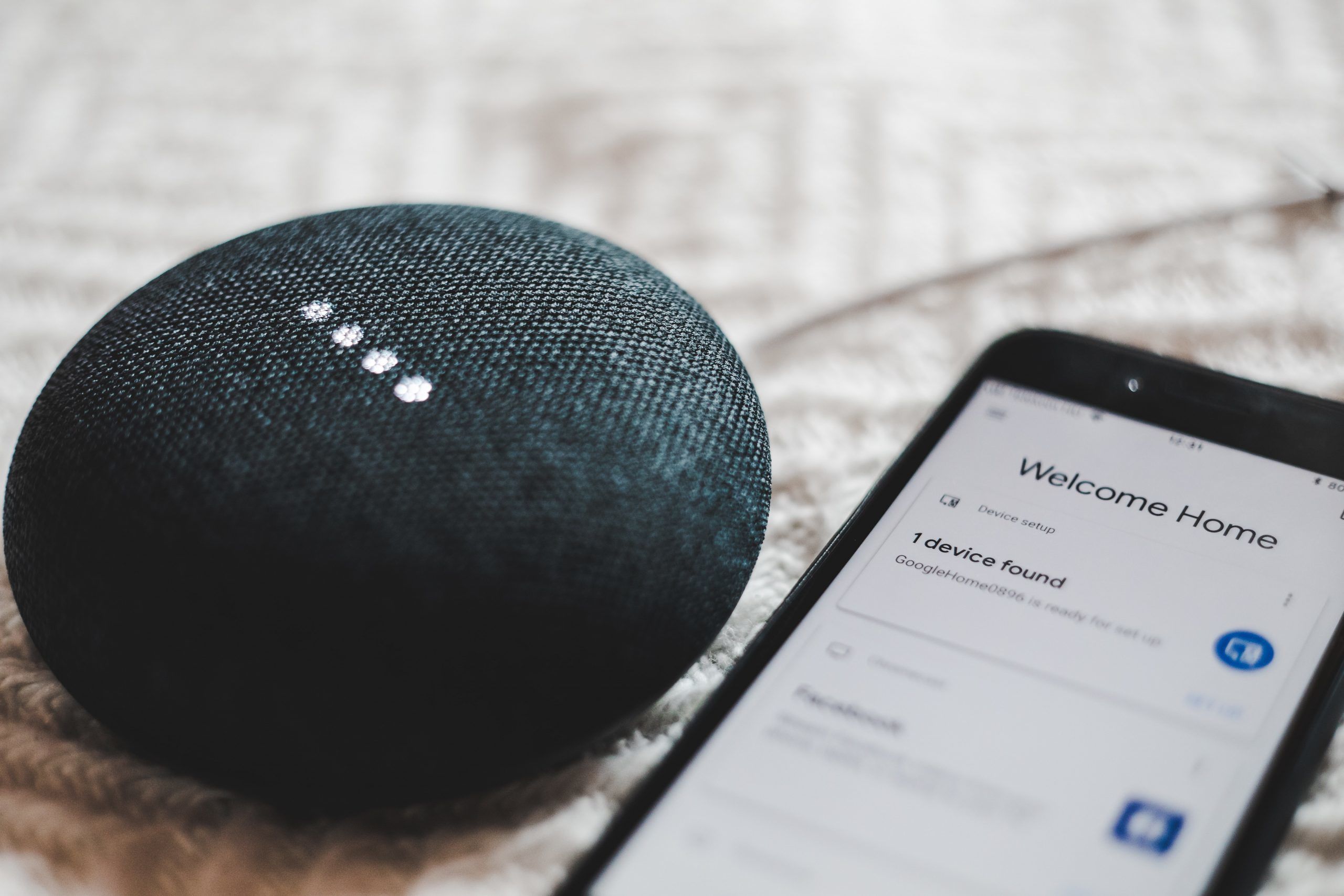Mold is on 90% of our customers’ minds! Is it on yours?
Mold is on 90% of our customers’ minds! Is it on yours?
The fact is that everyone’s home and workplace has mold. The million dollar question is, is the mold in your space growing and making you sick? I want to explore this in-depth so that our customers and many others can have peace of mind or look for solutions.
What is mold? Mold is a type of fungi that grows in multicellular structures called hyphae. Hyphae are long tubular structures resembling garden hoses. They have rigid cell walls that may be reinforced by perforated cross-walls called septa (singular: septum).(How Fungi are Constructed). Here is a picture of septated hyphae (chegg.com):
When the mold grows enough to be visible, the colony is called a mycelium. The mold can continue to grow by adding hyphae to the mycelium, and it can start another colony by sending out small particles called spores. The spores can be carried by the wind, animal fur, or clothing and our shoes. When the spores fall into a suitable environment, they will start to grow another colony.
In general, molds need the following to grow:
Moisture: even moisture from the air, when it is above 80% humidity, can be enough to sustain mold.
Warmer temperatures: most molds cannot grow below 40 deg F, which is why refrigerators are kept at 39 deg F and below. 40 -100 deg F sustains mold.
Organic (carbon-based) materials to digest. Mold can even grow on glass, metal and other inhospitable environments, if it has dirt or synthetic material to feed on.
Protection (shade) from UV rays: ultraviolet light kills most mold, so you won’t see it growing in direct sunlight!
Oxygen: mold needs very little oxygen to survive, so it’s difficult to control mold by depriving it of oxygen.
How we interact with mold:
If we simply kill mold, are we safe? Unfortunately, no. “Dead mold is just as bad as live mold. When mold dies, its cell wall dessicates and it gets dry and it will break apart into little fragments. And the fragments have toxins on them. This is a disease of toxins. When you inhale those toxins, they are in you. If you don’t recognize them as being foreign, you have a difficult time getting them out of your body. (Scott McMahon, M.D., moldymovie.com)
How does mold make us sick? Illness can come from ingesting or inhaling mold spores, or the mycotoxins they produce. According to buildingscience.com, mold produces mycotoxins, which are naturally occurring toxins that are thought to decrease the growth of other molds and bacteria (it’s a defense mechanism for the mold). Penicillin is one of these, which as most people know, is a powerful antibiotic. Mycotoxins can be present on mold spores, presenting danger from inhalation, or on the surface of the mold itself, which is transmitted in infected food like grains, nuts, coffee, or hay (as in the case of animals eating the hay and transferring the mycotoxin through milk). Here is an excellent presentation on mycotoxins.
According to the World Health Organization (WHO), several hundred mycotoxins have been identified, but several major groups of these toxins cause the most damage to our health. The danger from these toxins mainly comes from consumption of contaminated food, not inhalation:
Aflatoxins are among the most dangerous mycotoxins because of their effects: they can be life-threatening through damage to the liver, and may cause liver cancer. They are produced by the Aspergillus molds, which grow in soil and rotting grains. The food mainly affected is corn, sorghum, wheat and rice, soybean, peanut, sunflower and cotton seeds, spices and tree nuts.
Ochratoxin A is also a common food-contaminating mycotoxin found in cereals and cereal products, coffee beans, dry vine fruits, wine and grape juice, spices and liquorice. This mycotoxin causes kidney problems and possibly kidney cancer.
Patulin is found in rotting fruits such as apples, and generally causes acute gastrointestinal symptoms such as nausea and vomiting.
Fusarium fungi are found in the soil and cause symptoms such as skin irritation, diarrhea, and even esophageal cancer.
Why is it so difficult to link inhaled mold with illness?
We just listed some dangers of ingesting mycotoxins orally, but what about just spending time in a moldy space and inhaling them? Some incorrect information from the early 2000’s still persists on government websites. These studies, based on air sampling and animal testing, concluded that there was no proven link between inhaling mycotoxins and illness. The following points are taken from dhs.wisconsin.gov:
“The toxic effects of mold following ingestion are well-understood, but the toxic effects of inhaled mold particles are not well documented.”
Black mold, or Stachybotrys chartarum, has received more attention than any other mold. The presence of black mold has been coincident with illness in infested buildings, but “S. chartarum is not usually detected in indoor air samples, even when detected in bulk samples from solid substrates. This begs the question, “is the exposure pathway incomplete, or has there been a failure to detect S. chartarum in air. There is evidence that S. chartarum spores and mycelia do not readily form bioaerosols. There is also evidence (Burge & Ammann, 1999) that S. chartarum spores are short-lived and difficult to detect in culture.”
“Molds release volatiles (MVOCs) that damage textiles with unpleasant odors. Indoor microbial volatiles from molds may also have health implications.” However, there is not sufficient evidence that MVOCs enhance mycotoxic and allergenic effects to produce illness.
The puzzle was this: what is the cause of the low levels of mycotoxins encountered in the air of even severely mold-infested spaces? Even the EPA states that mold can be a source of sick building syndrome (SDS–see our post on this!), so what is causing SDS? The first clue may be in the fact that some individuals living in the same space can become severely sick and debilitated, while others have no symptoms at all. “We now understand that there is genetic variability among those who have been exposed to mycotoxins. Some people are genetically capable of clearing low levels of these toxins through the liver detox process and never suffer consequences. Others do not have the ability to clear them and get severely ill” (as in the case of a teen patient at Kaplan Clinic). “About 25-28% of the entire population of America have a genetic predisposition to have problems with water-damaged buildings…that’s 75 million people in the United States….Somehwere around 50% of the buildings in the United states have water damage….these (25-28% of genetically predisposed people) can go on to develop multi-system, multi-symptom illness that can be debilitating.” (Scott McMahon, M.D., moldymovie.com)
Dr. Ritchie Shoemaker’s research article “Newer Molecular Methods Bring New Insights into Human- And BuildingHealth Risk Assessments from Water-Damaged Buildings: Defining Exposure and Reactivity, the Two Sides of Causation of CIRS-WDB Illness “ also presents several other reasons why the links between mold inhalation and mold illness were not previously made:
The air sampling techniques used for early studies are simply inadequate, even though these techniques remain in use today. Dr. Shoemaker states: “Specifically, air sampling will only permit the assessment of particulates larger than 3 microns found in the air during the 5 to 10 minutes for the test. Sampling is usually performed in the middle of a room and misses important boundary areas and settled particles. Air sampling of particulates this size does not permit separation of Penicillium species from Aspergillus; does not permit the identification of Wallemia; and because Stachybotrys (black mold) spores are sticky and heavy, rarely show Stachybotrys.”
Bacteria in the role of WDB illness was not assessed in earlier studies. Newer research (2019) on actinobacteria, a microbe that also exists in WDB alongside mold, shows that it produces MVOCs such as trimethylamine, which is harmful to humans, besides making the environment inhospitable to other microbes. Streptomyces is an actinobacteria that produces trimethylamine prolifically. What mVOCs are we missing in air testing and how are they causing illness? Also, endotoxin is present inside a bacterial cell and is released when the cell disintegrates. How are endotoxins causing illness? Finally, “occupants in damp buildings are simultaneously exposed to multiple microbial agents from both bacteria and fungi. This mixed exposure is likely to result in interactive effects among various microbial agents and produces more complicated health outcomes.”
Exposure to Water-Damaged buildings (WDB) is one cause of CIRS (Chronic Inflammatory Response Syndrome). Dr. Shoemaker goes on to describe the ability of three new technologies to document the physiologic basis for adverse human health effects as part of CIRS: HERTSMI-2 (a modified ERMI air test for the WDB environment), GENIE (Gene Expression, Inflammation Explained, a gene test for affected individuals), and NeuroQuant (an advanced volumetric brain MRI for affected individuals). “We can now show specific exposures from WDB that result in specific immunologic reactivity”, including “at least 15 objective biomarkers found in CIRS cases but statistically found far less commonly in age- and gender-matched controls…” Let’s break that down: Biomarkers are “A biological molecule found in blood, other body fluids, or tissues that is a sign of a normal or abnormal process, or of a condition or disease.” (cancer.gov) That means that those who have CIRS due to WDB have distinctive clusters of symptoms not found in other patients, such as abnormal molecular protein levels and volumetric changes in the brain found by NeuroQuant. These changes in brain volume in CIRS due to exposure to WDB were unique and different compared to those of Alzheimer’s, Parkinsons, and even CIRS due to Lyme’s disease.
Putting the Pieces Together
The combined facts that: 1) mold often hides unseen behind walls, ceilings and floors, 2) mold toxins can affect one person in a household but not others due to genetic predisposition, and 3) many doctors have not been trained on the health effects or symptoms of mold toxicity, causes frustration and misunderstanding galore. “Probably at least 50% of my patients have been told that they were crazy, or that they were making things up or they needed to see a psychiatrist or that there was something wrong with them, but it wasn’t physical.” (Scott McMahon, M.D., moldymovie.com) “Most physicians would simply not believe that asthma, chronic sinusitis, even some cases of bronchitis, and some cases of cancer are intimately linked with mold and their poisonous byproducts. This is documented in the scientific literature. So there’s this chasm that exists between what we’re hearing and talking to our private physician about, and what he is prescribing for us.” (Doug Kaufmann, host of Know The Cause, moldymovie.com)
Besides CIRS, Mast Cell Activation Syndrome (MCAS) is another illness caused by exposure to WDB. Mast cells are a type of white blood cell found in many organs of the body that play a large role in our immune system, releasing over 200 chemicals in response to different environmental triggers. Sometimes they become oversensitive/overactive, and all sorts of health issues arise. This is MCAS. According to Beth O’Hara, Functional Naturopath and Functional Genetic Analyst and founder of MastCell360.com, the number one common root cause of MCAS is mold toxicity.
Mold produces toxins that weaken the immune system, so it can lead to overgrowth of other species of fungus, like Candida, and it can also lead to MCAS and cancer, because mycotoxins can penetrate cell walls and attach to DNA, causing destructive mutations.
“Some of the reasons why mycotoxins are a trigger for Mast Cell Activation Syndrome include their tendency to cause:
Immune Dysregulation
Mast Cell Activation
Parasympathetic and Vagus Nerve Disruptions
Methylation Dysregulation
Hormone Dysregulation
Low immunity – Inability to fight off infections
Gut Disruptions
This happens due to mold triggering something called the Cell Danger Response. This metabolic response in your body happens in order to protect your cells and you from harm.” (mastcell360.com)
Unfortunately, mold can grow in your body! If you spend some extended time in a mold-infested area, you can breathe in the microscopic mold spores. The mucus in your respiratory tract can carry the spores to the following areas, where it can colonize (especially species like aspergillus and fusarium):
The sinuses
The ear canals
The lungs (such as in pulmonary aspergillosis)
Other organs, such as kidneys, liver, skin or brain, when the mold passes from the lungs into the bloodstream (such as in invasive aspergillosis) (source: my.clevelandclinic.org)
Swallowed mucus (post-nasal drip) can make its way to the intestines, causing Small Intestine Fungal Overgrowth, or SIFO. (mastcell360.com)
Recovery is Possible
Treatment centers for mold-related illnesses can at a minimum recommend blood tests and urine tests. Blood tests can show what mold-related antibodies are present in your blood, and urine tests can show the levels of mold toxins being excreted by your body. (mastcell360.com) It can be the case, however, that very sick people find that the urine test is negative, because the body cannot excrete the toxins effectively.
After finding out which types of mold are present, the practitioner can prescribe a detox regimen to remove the mold and toxins. The detox will typically be slow, from 3 months to over a year, to avoid MCAS flare-ups and other complications, but there is hope!
According to Mark Hyman, M.D. (moldymovie.com), “If you think you have mold illness, there’s a way out. And it might be a long way out, but there’s a way out. And there is hope, but you have to find a practitioner who could help you deal systematically with the mold illness. One, you have to get rid of it in your environment and two, you have to get it out of your body, and three you have to repair the damage that’s been done. So those are the three steps to healing from mold illness. If you follow those steps and are focused and you work with an experienced practitioner, you can get better. “
That’s a way forward to remediate your body–but what about your house? Check out our related post, Taking our Homes Back from Mold.
Photo by Dan Meyers on Unsplash

